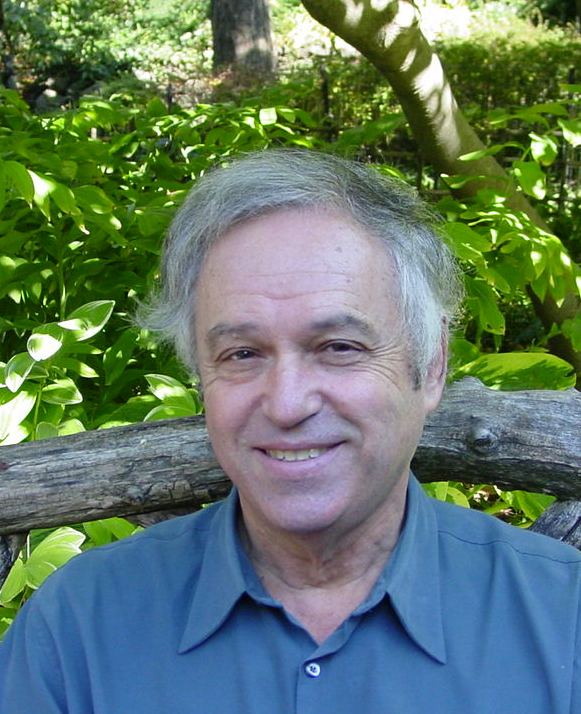Name Steven Soter Role Astrophysicist | ||
 | ||
Notable awards Primetime Emmy Award (for writing of Cosmos) Awards Primetime Emmy Award for Outstanding Writing - Nonfiction Programming Nominations WGA Award for Best Documentary - Other Than Current Events - Television Influenced by Carl Sagan, Neil deGrasse Tyson Similar Ann Druyan, Carl Sagan, David Kennard, Andrew Dickson White, Jaromir Hanzlik | ||
Steven soter top 12 facts
Steven Soter is an astrophysicist currently holding the positions of scientist-in-residence for New York University's Environmental Studies Program and of Research Associate for the Department of Astrophysics at the American Museum of Natural History. He is a proponent of the International Astronomical Union's definition of planet.
Contents
- Steven soter top 12 facts
- Extended Classic Cosmic Queries General Astrophysics 101 Bill Nye and Steven Soter
- Education
- Career in astrophysics
- References
Extended Classic: Cosmic Queries: General Astrophysics 101 [Bill Nye and Steven Soter]
Education
Soter received his Bachelor's degree in astronomy and physics from UCLA in 1965 (advisors George Abell and Peter Goldreich) and his doctorate in astronomy from Cornell University in 1971 (advisors Thomas Gold, Carl Sagan, and Joseph Burns).
Career in astrophysics
In 1974, Soter suggested that dust produced by meteoritic bombardment of Saturn's moon Phoebe might orbit the planet until colliding with Saturn's moon Iapetus and be responsible for the unique dark-bright dichotomy of the latter. Although not the unique cause, dust originating from Saturn's irregular satellites was later found in data from the Cassini spacecraft to indeed play a crucial role in the coloration of Iapetus. The discovery of Saturn's "Phoebe ring" in 2009 further strengthened the probability that this process first described by Soter plays a significant role in shaping Iapetus's appearance.
In 1977-1979, Soter co-wrote, along with Ann Druyan, Carl Sagan's monumental 1980 astronomy documentary series Cosmos. Since then, he has also acted as advisor on a number of science documentaries, such as the IMAX films Blue Planet and Cosmic Voyage.
In 1997, Soter took a position at the American Museum of Natural History's Hayden Planetarium, and eventually progressed to the position of research associate. He also made significant contributions to research related to the ancient Greek city Helike.
In 2007, after the IAU voted on a definition of planet, Soter published an article in Scientific American in which he outlined a mathematical formulation, the "planetary discriminant," to describe how the IAU's requirement that a planet must have "cleared its neighborhood" of other objects might be applied in practice. He had already written a more technical article on the same subject in 2006, submitted to The Astronomical Journal before the IAU resolution.
In 2014, he partnered with Druyan again to co-write a new television miniseries, Cosmos: A Spacetime Odyssey, hosted by his AMNH colleague Neil deGrasse Tyson.
